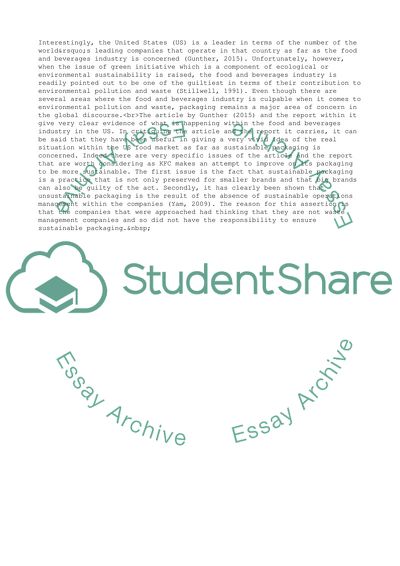Cite this document
(Sustainable Packaging Research Paper Example | Topics and Well Written Essays - 3000 words, n.d.)
Sustainable Packaging Research Paper Example | Topics and Well Written Essays - 3000 words. Retrieved from https://studentshare.org/business/1868155-sustainable-packaging
Sustainable Packaging Research Paper Example | Topics and Well Written Essays - 3000 words. Retrieved from https://studentshare.org/business/1868155-sustainable-packaging
(Sustainable Packaging Research Paper Example | Topics and Well Written Essays - 3000 Words)
Sustainable Packaging Research Paper Example | Topics and Well Written Essays - 3000 Words. https://studentshare.org/business/1868155-sustainable-packaging.
Sustainable Packaging Research Paper Example | Topics and Well Written Essays - 3000 Words. https://studentshare.org/business/1868155-sustainable-packaging.
“Sustainable Packaging Research Paper Example | Topics and Well Written Essays - 3000 Words”, n.d. https://studentshare.org/business/1868155-sustainable-packaging.


